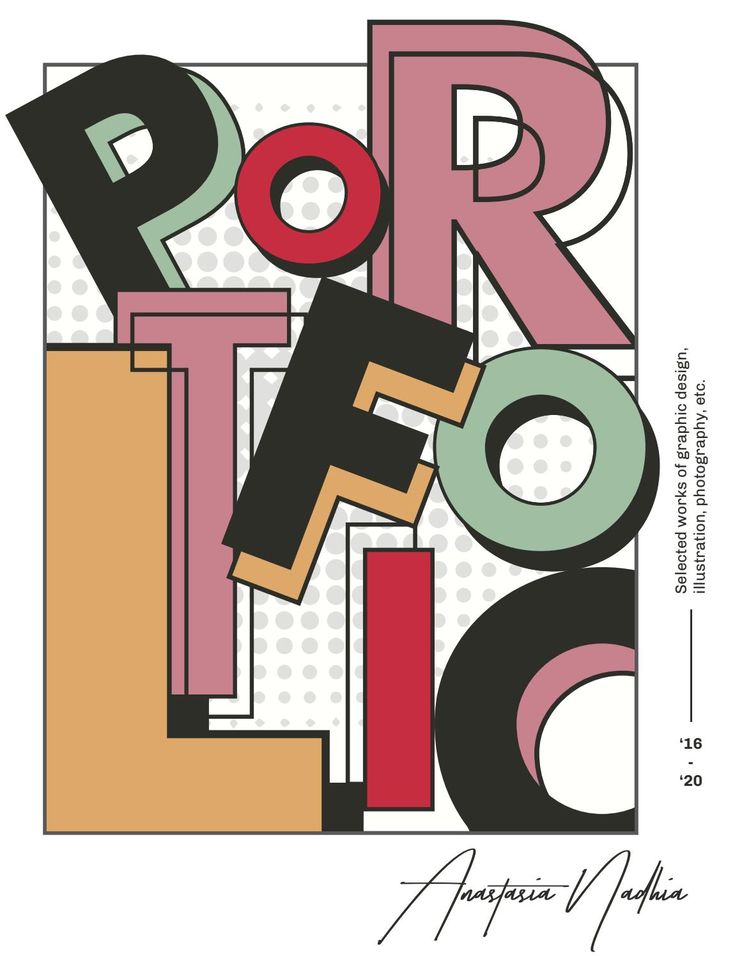Graphic design is more than just creativity—it’s about communication, clarity, and visual harmony. While artistic expression plays a big role, successful design also requires a solid understanding of design principles, user behavior, and context. Whether you’re a beginner or an experienced designer, avoiding common pitfalls can elevate your work and set you apart.
In this blog, we’ll explore the most common mistakes designers make in graphic design and how you can avoid them to create more impactful visuals.
1. Ignoring the Basics of Design Principles
Many designers jump into creating without mastering the fundamentals—alignment, contrast, hierarchy, balance, and proximity. Skipping these can lead to cluttered and confusing layouts.
Tip:
Always start with a strong understanding of the basic principles. Use grids, align your content properly, and ensure visual hierarchy guides the viewer’s eyes.
2. Using Too Many Fonts
Using multiple fonts can make your design look inconsistent and chaotic. It’s tempting to try every stylish font, but this often dilutes your message.
Tip:
Stick to 2 or 3 typefaces at most—typically one for headings and one for body text. Make sure they complement each other in tone and style.
3. Poor Color Choices
Bad color combinations or excessive use of colors can distract users or affect readability. Some designers also forget about color psychology and accessibility.
Tip:
Use a consistent color palette. Use contrast wisely and test your design in both light and dark modes. Don’t forget to check accessibility for users with color blindness.
4. Overcrowding the Design
Trying to include too much information or too many elements often leads to visual overload. White space isn’t a waste—it’s a design tool.
Tip:
Keep your design clean and uncluttered. Focus on what’s essential. Use white space to create breathing room and improve focus.
5. Low-Resolution Images
Using low-quality images can make a professional design look amateurish. Pixelated graphics, especially in print design, are a big red flag.
Tip:
Always use high-resolution images. For print, 300 DPI is the standard. For web, optimize images to maintain quality while reducing load time.
6. Inconsistent Branding
Using inconsistent logos, fonts, or color schemes across different materials can confuse the audience and weaken brand identity.
Tip:
Follow brand guidelines strictly. Maintain consistency in style, tone, and visuals across all platforms to strengthen your brand presence.
7. Neglecting the Target Audience
Some designers create designs they personally like without considering what appeals to the intended audience.
Tip:
Design with the end-user in mind. Research the audience’s preferences, values, and expectations before starting a project.
8. Overusing Effects and Filters
Too many shadows, gradients, or textures can make a design look dated or unprofessional.
Tip:
Keep effects subtle and purposeful. Less is more when it comes to design embellishments.
9. Not Proofreading the Text
A beautiful design can be ruined by a single typo. Spelling and grammatical errors reduce credibility and impact.
Tip:
Always double-check your text. Better yet, have someone else proofread it. Use tools like Grammarly for an extra layer of accuracy.
10. Skipping the Feedback Process
Many designers avoid or ignore feedback, leading to biased or incomplete work that might not meet client or audience expectations.
Tip:
Seek constructive feedback. Share your work with peers or mentors and be open to revisions. Feedback helps you grow and improve.
Conclusion
Graphic design is a craft that balances creativity with strategy. Avoiding these common mistakes can drastically improve the quality and effectiveness of your work. Whether you’re designing a logo, poster, or digital ad, always remember: clarity, consistency, and communication are the keys to great design.

